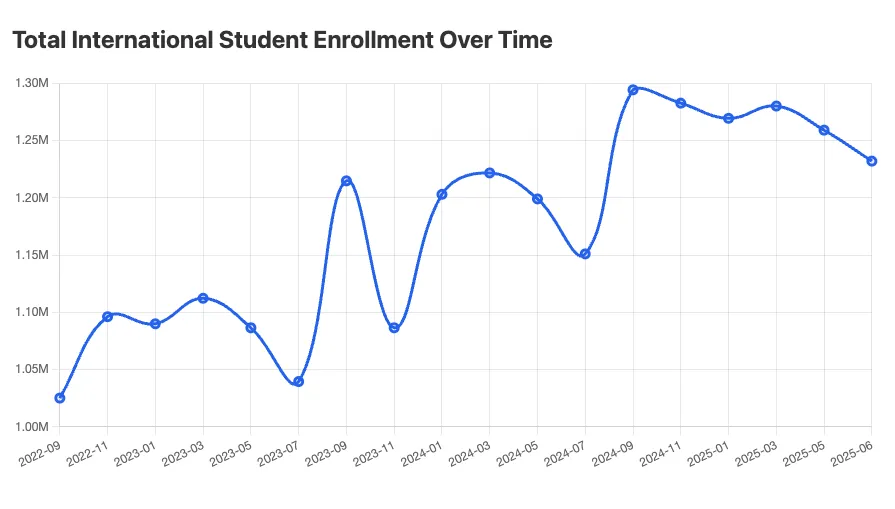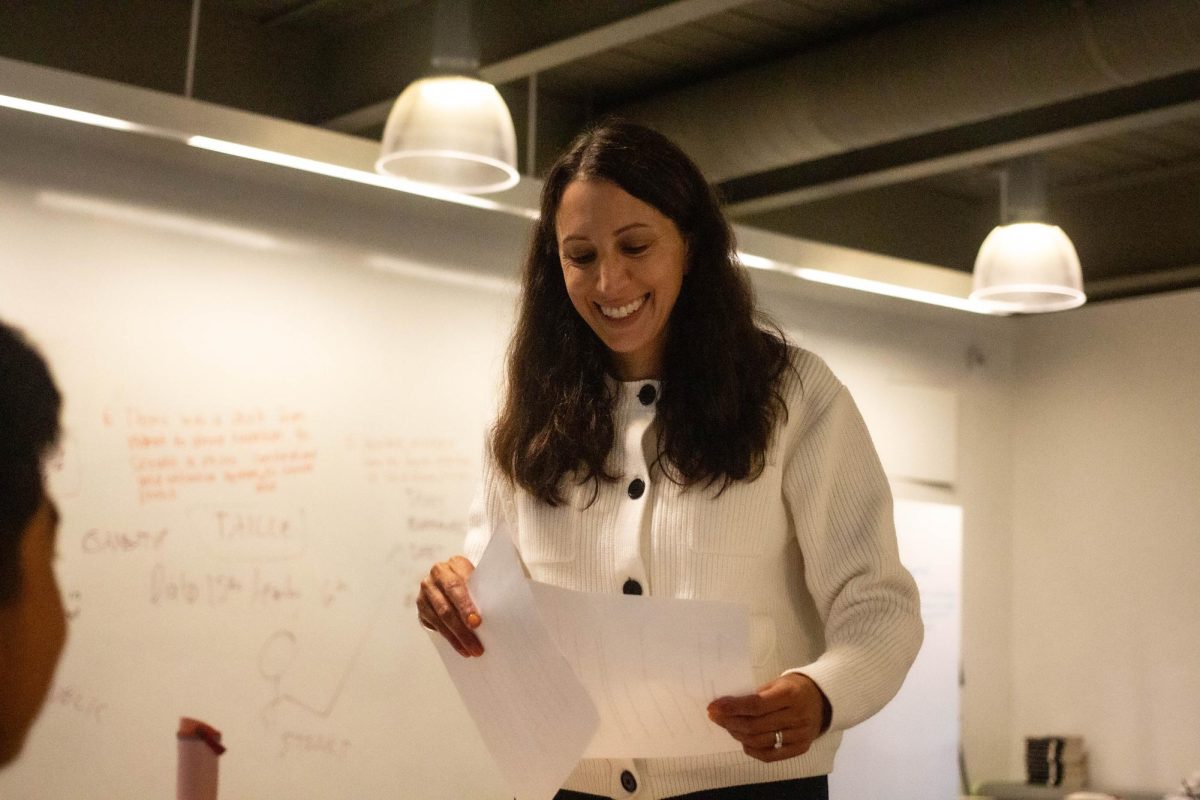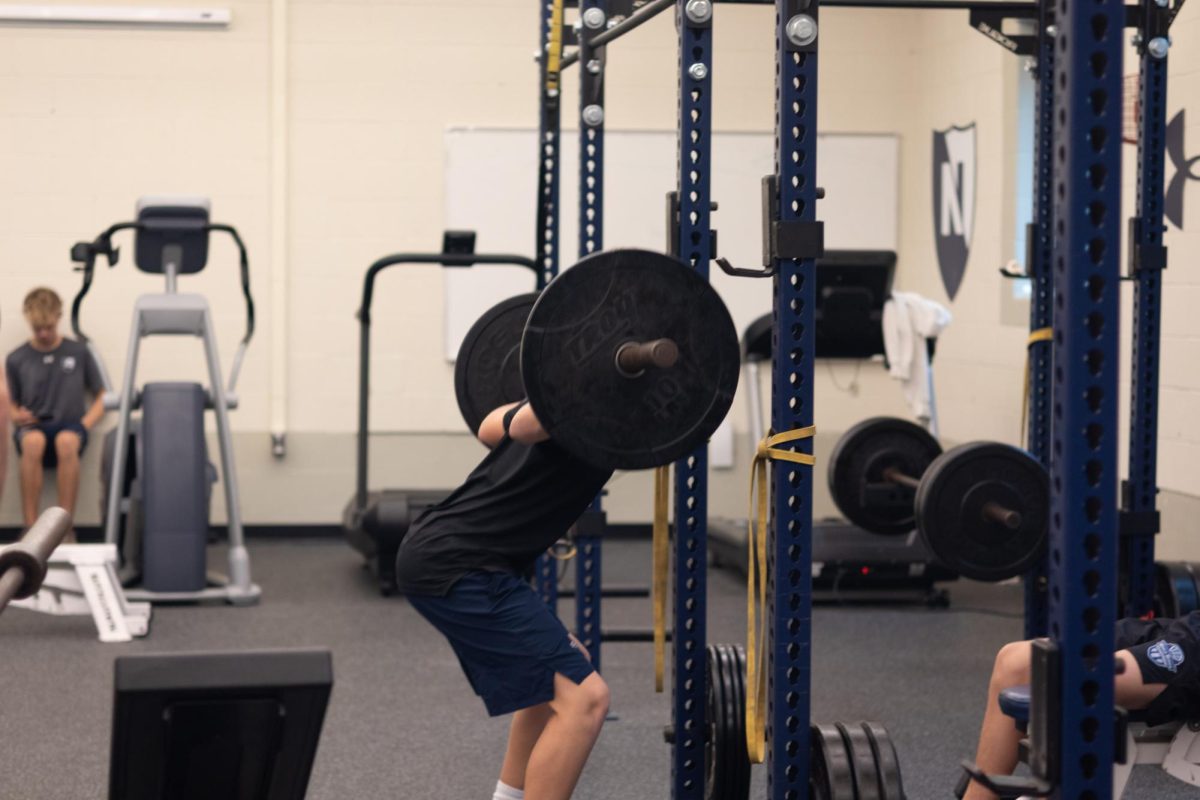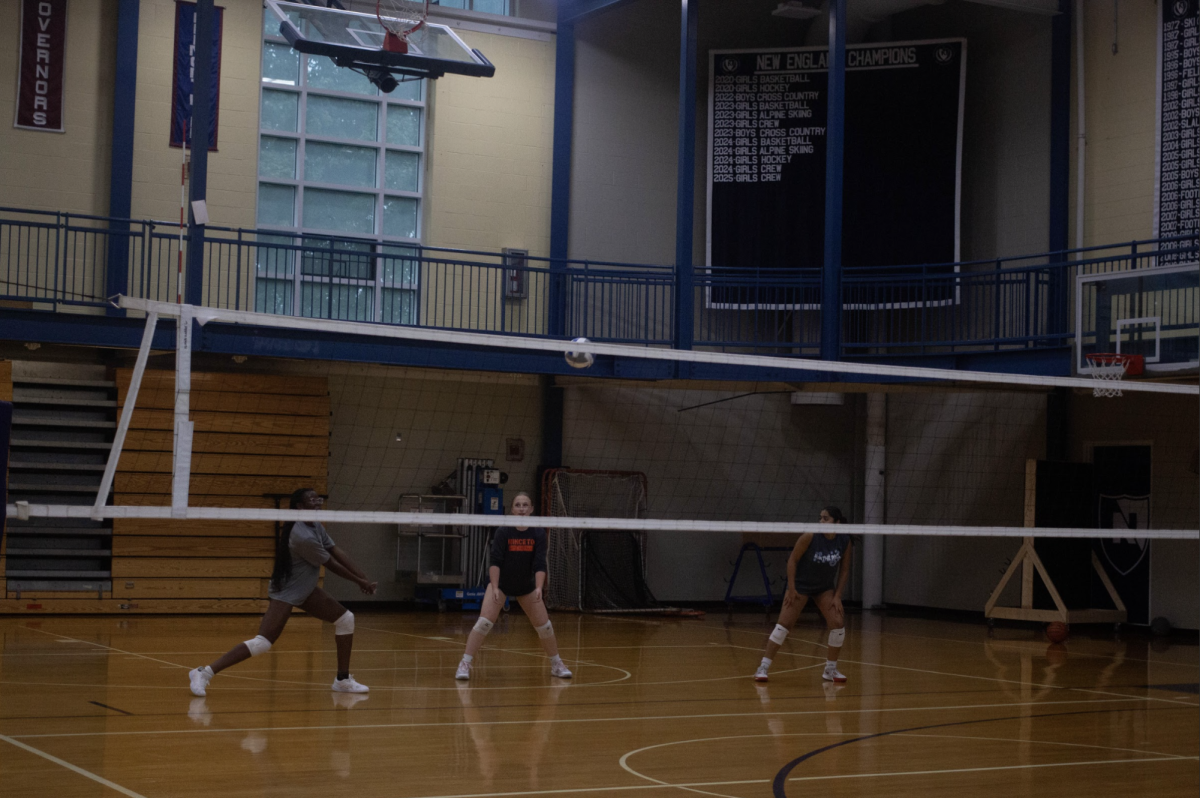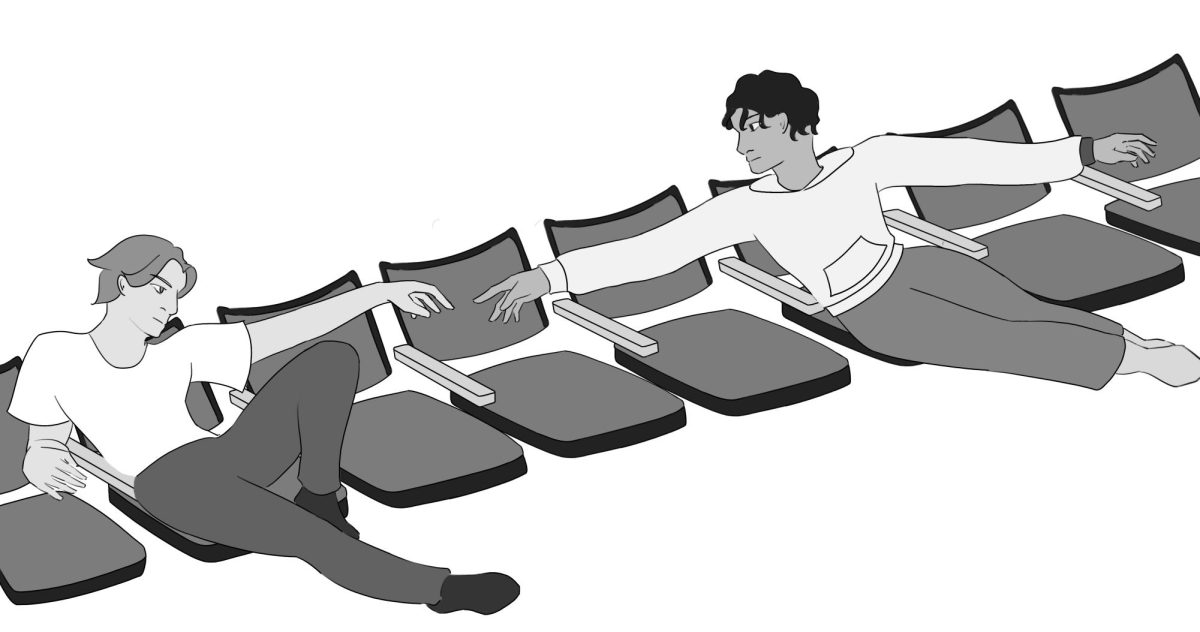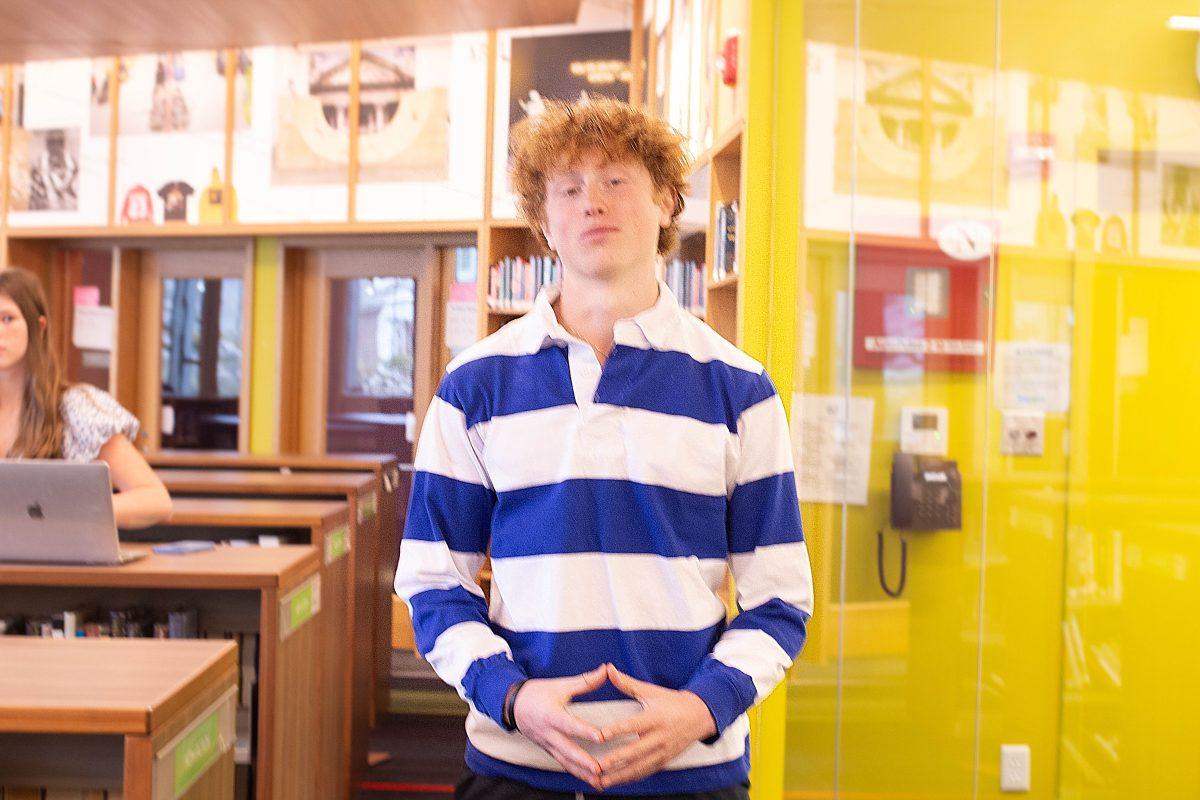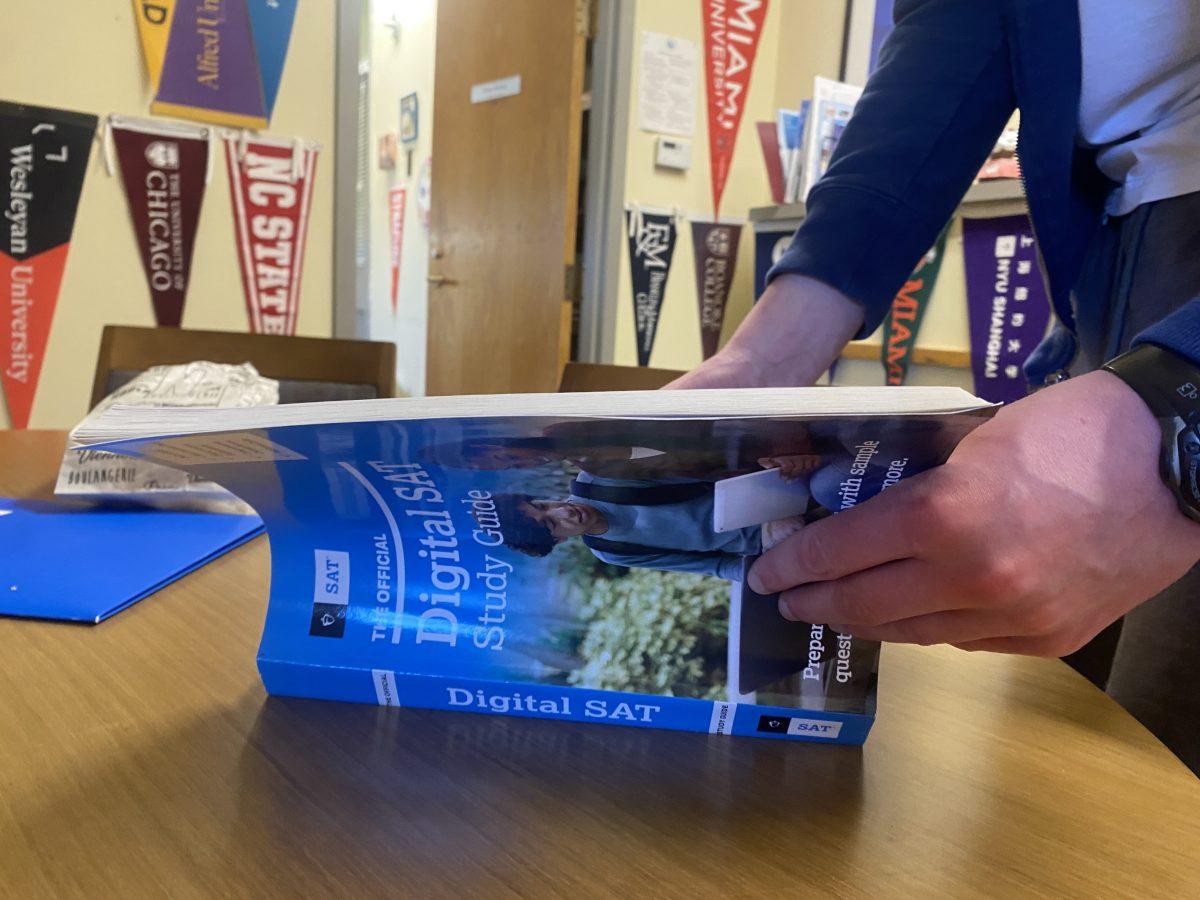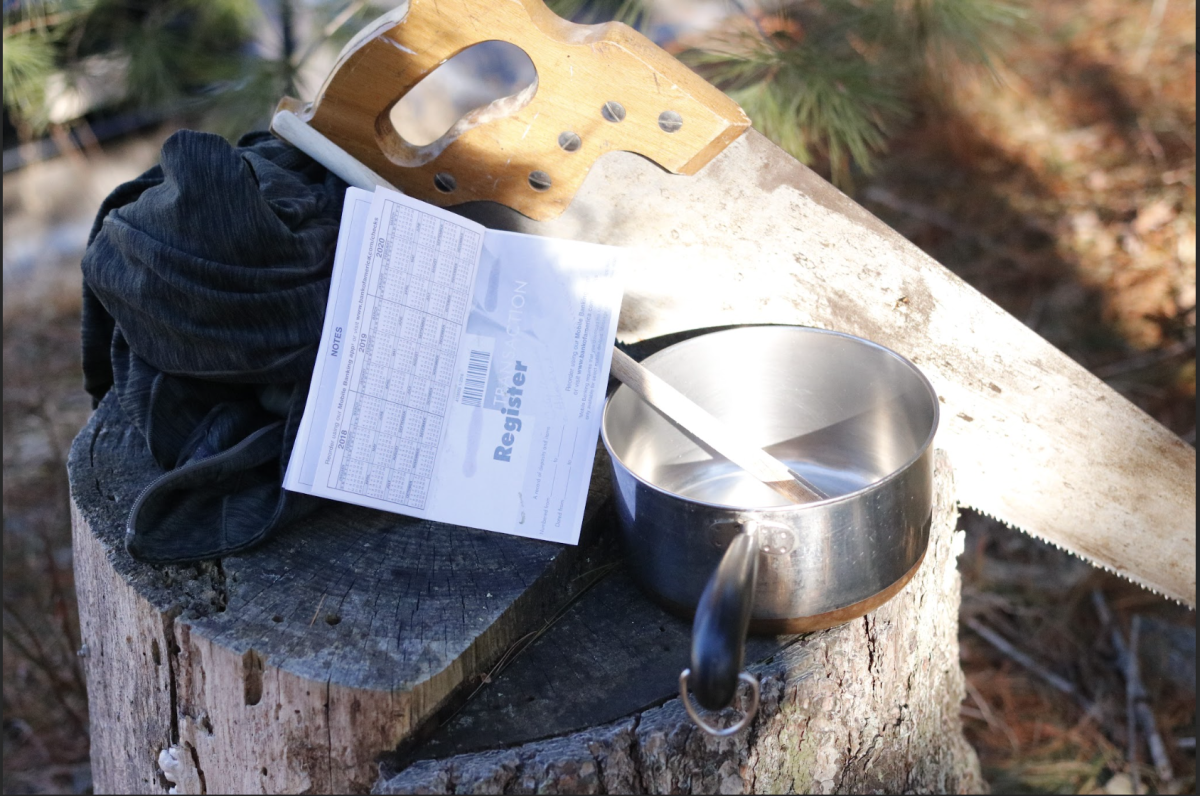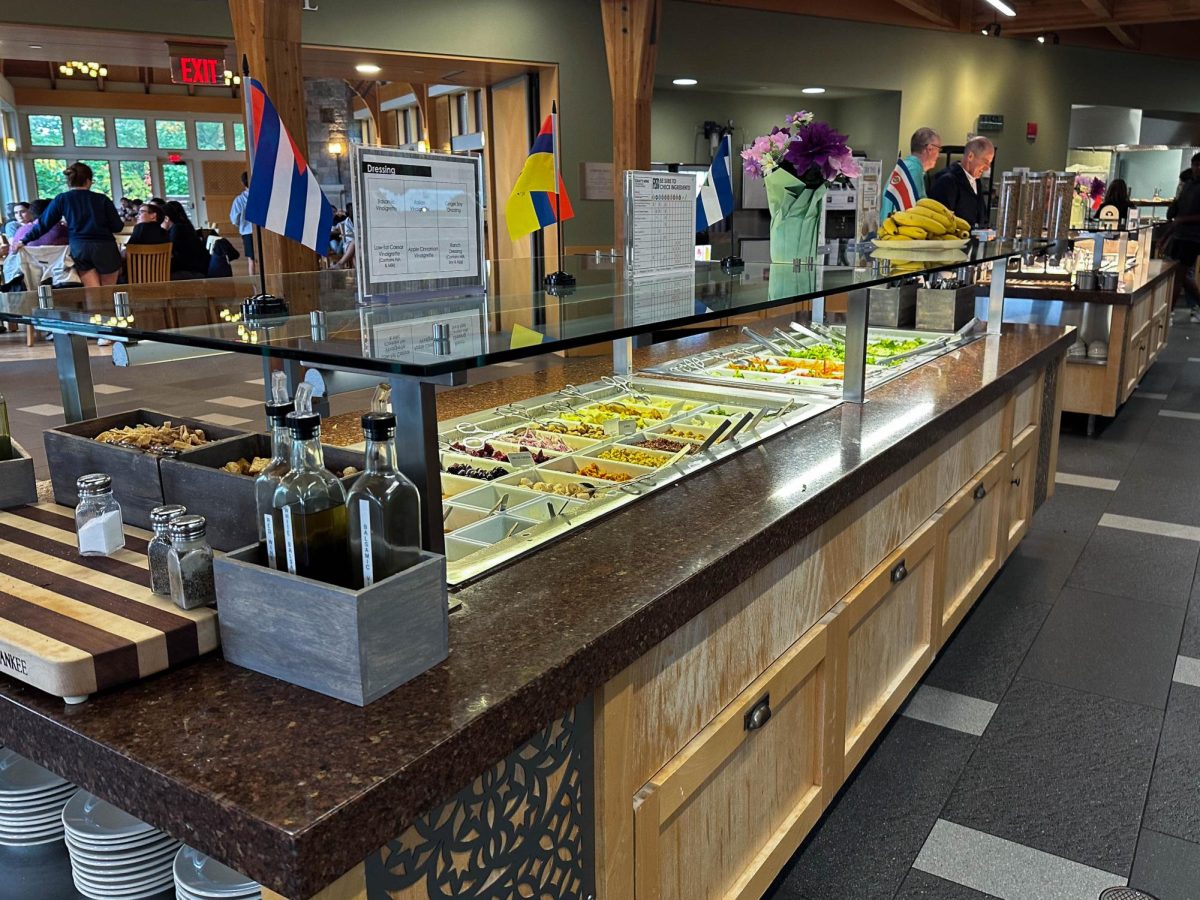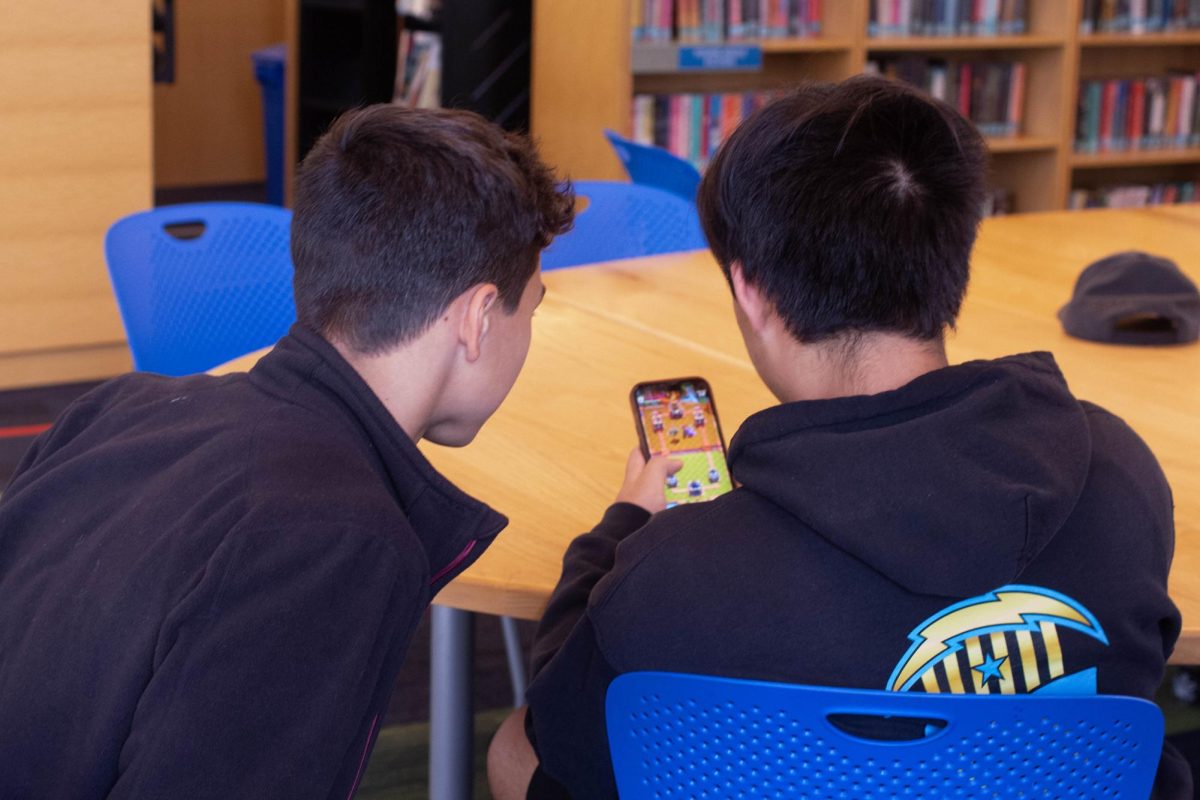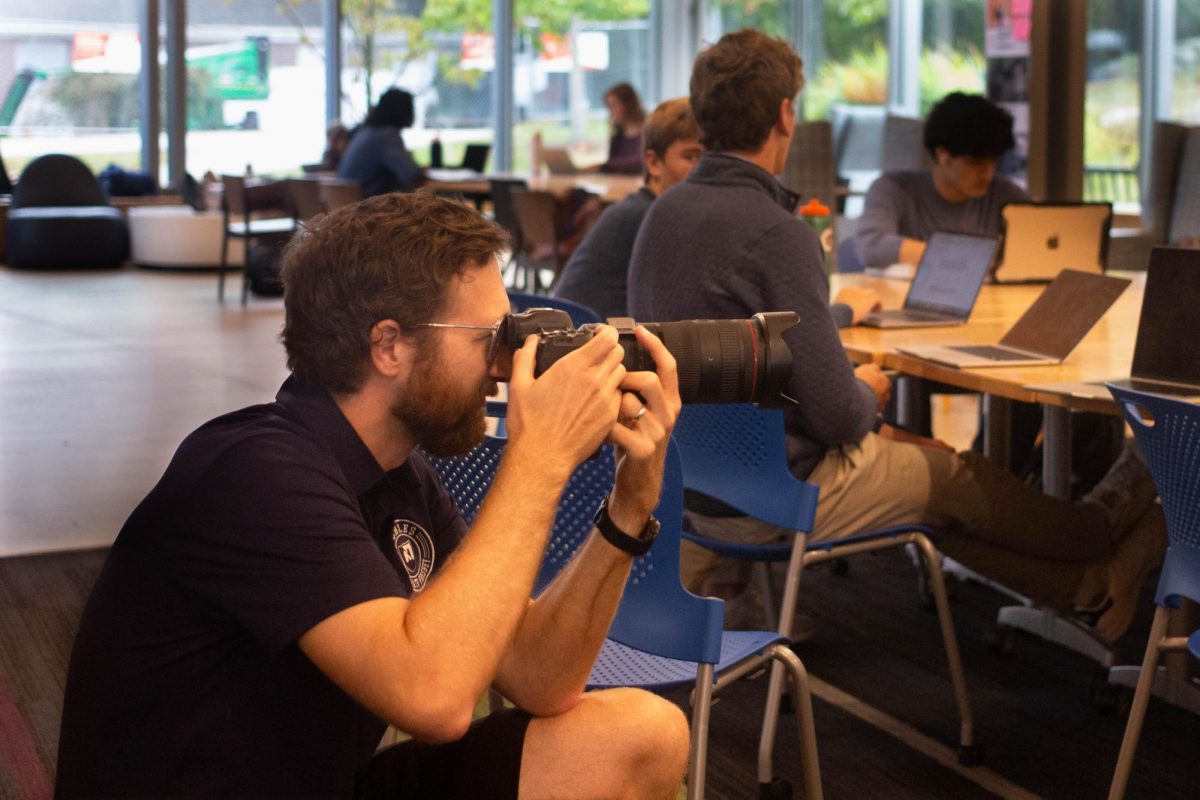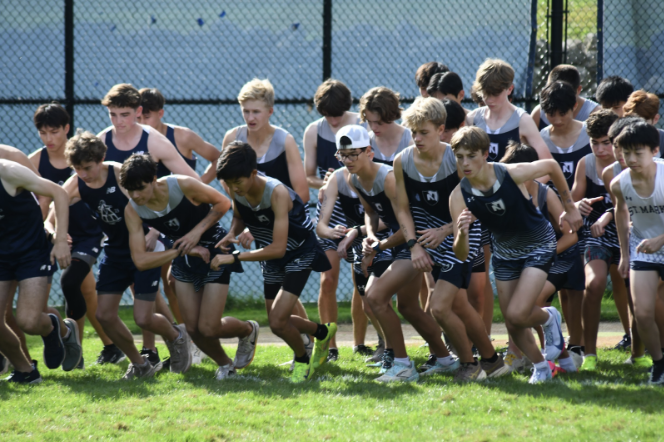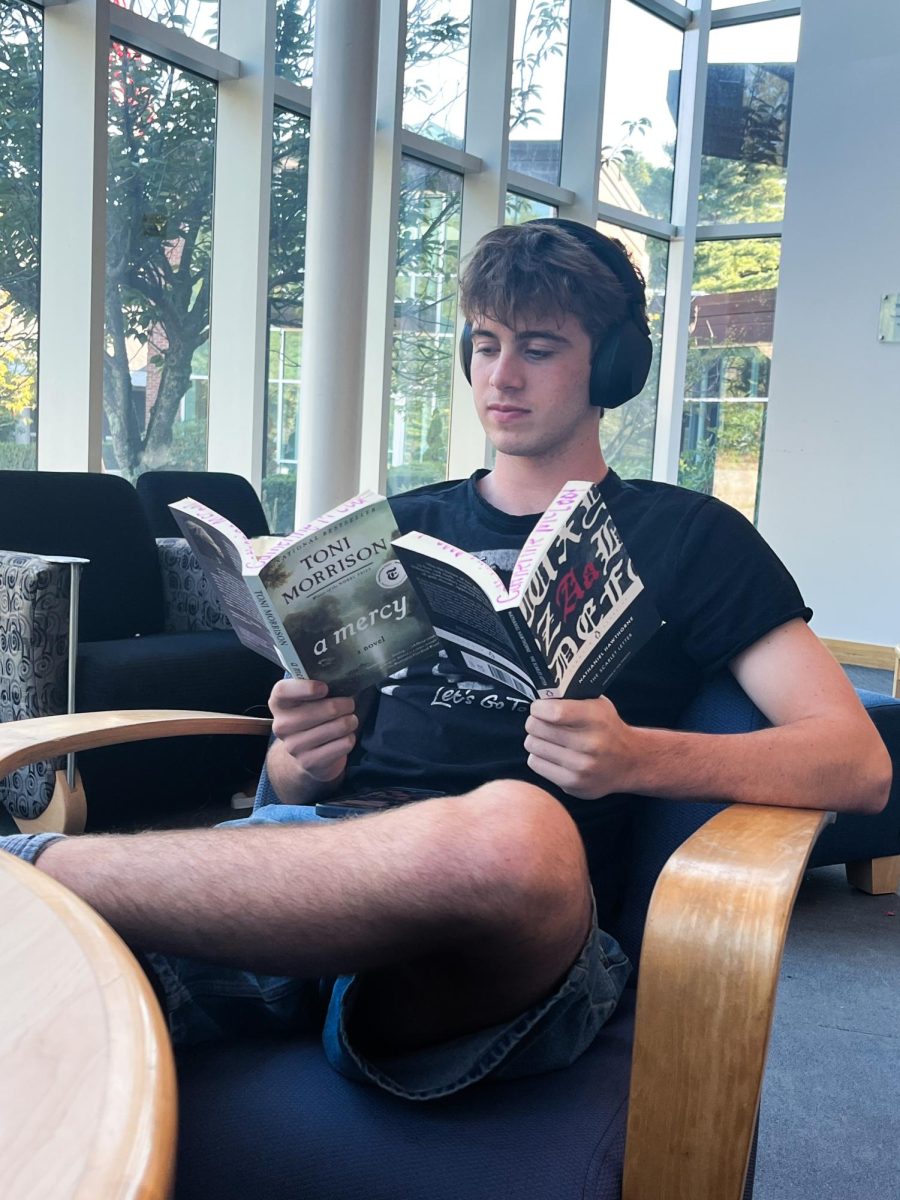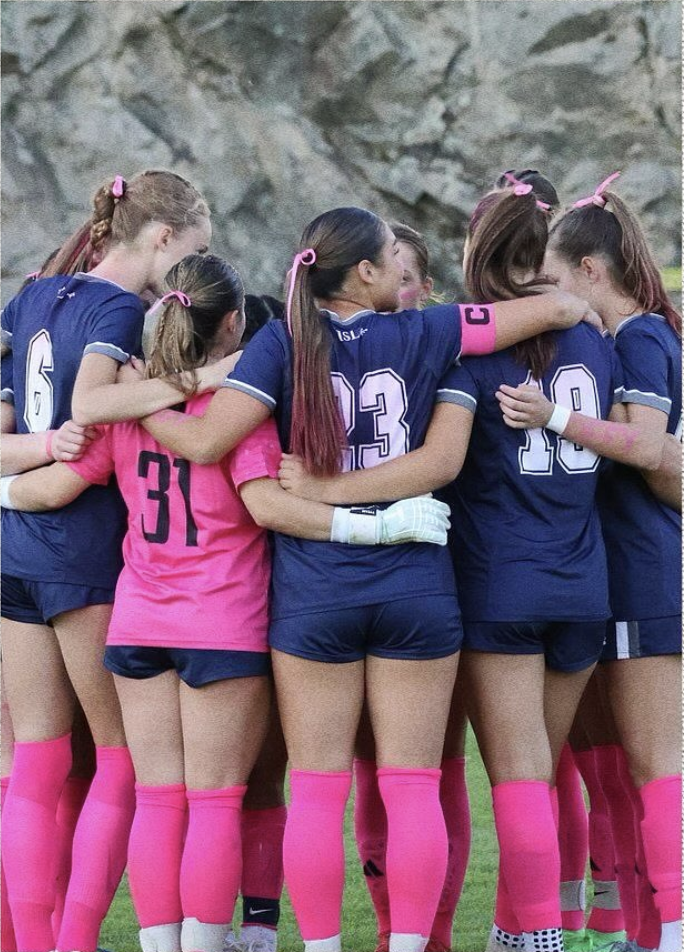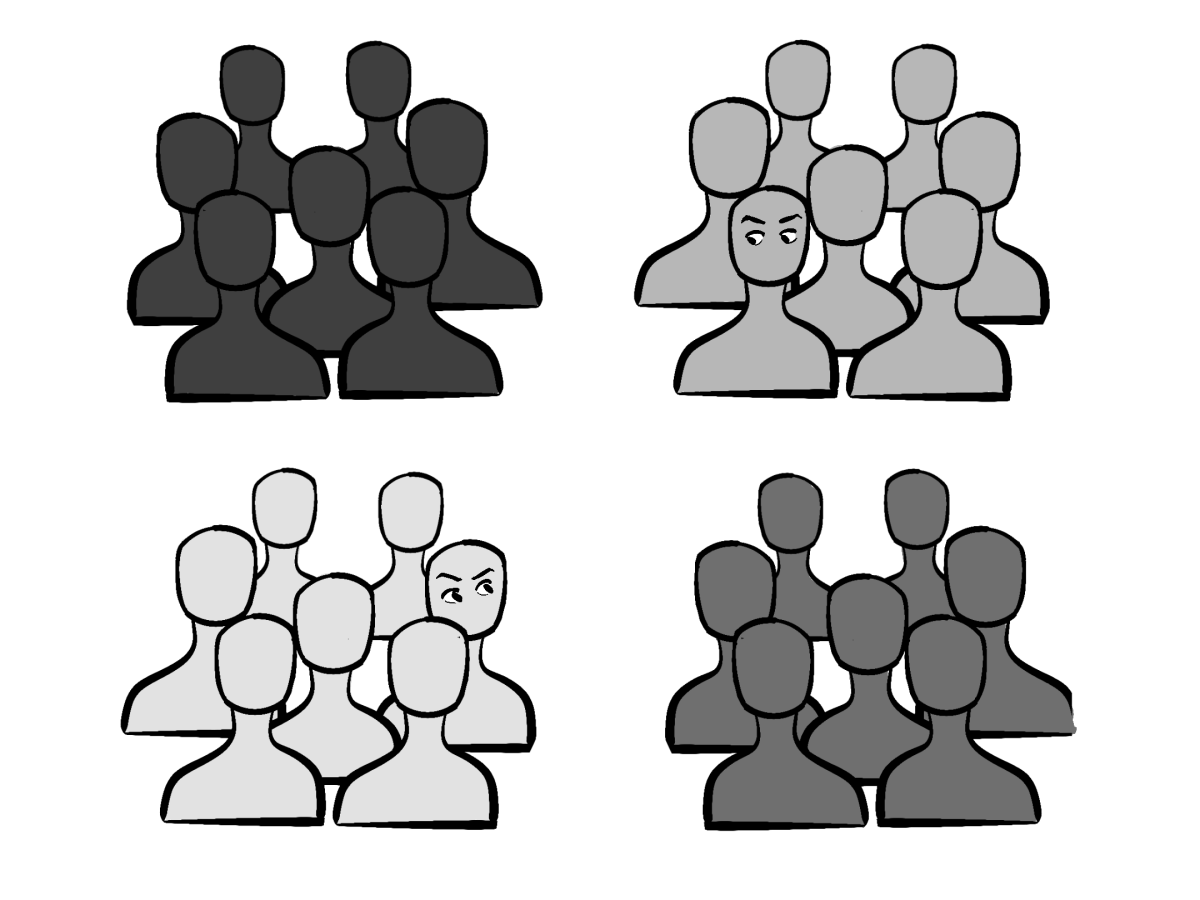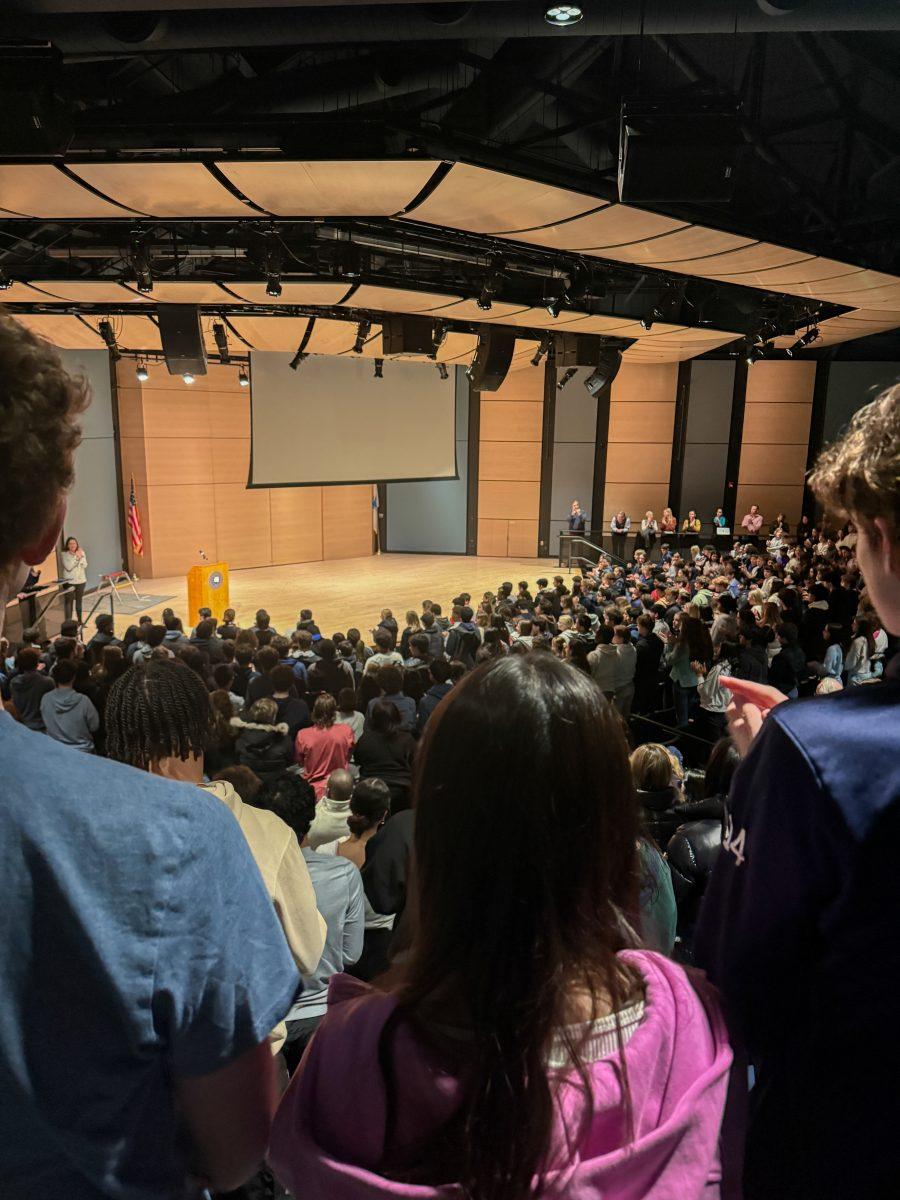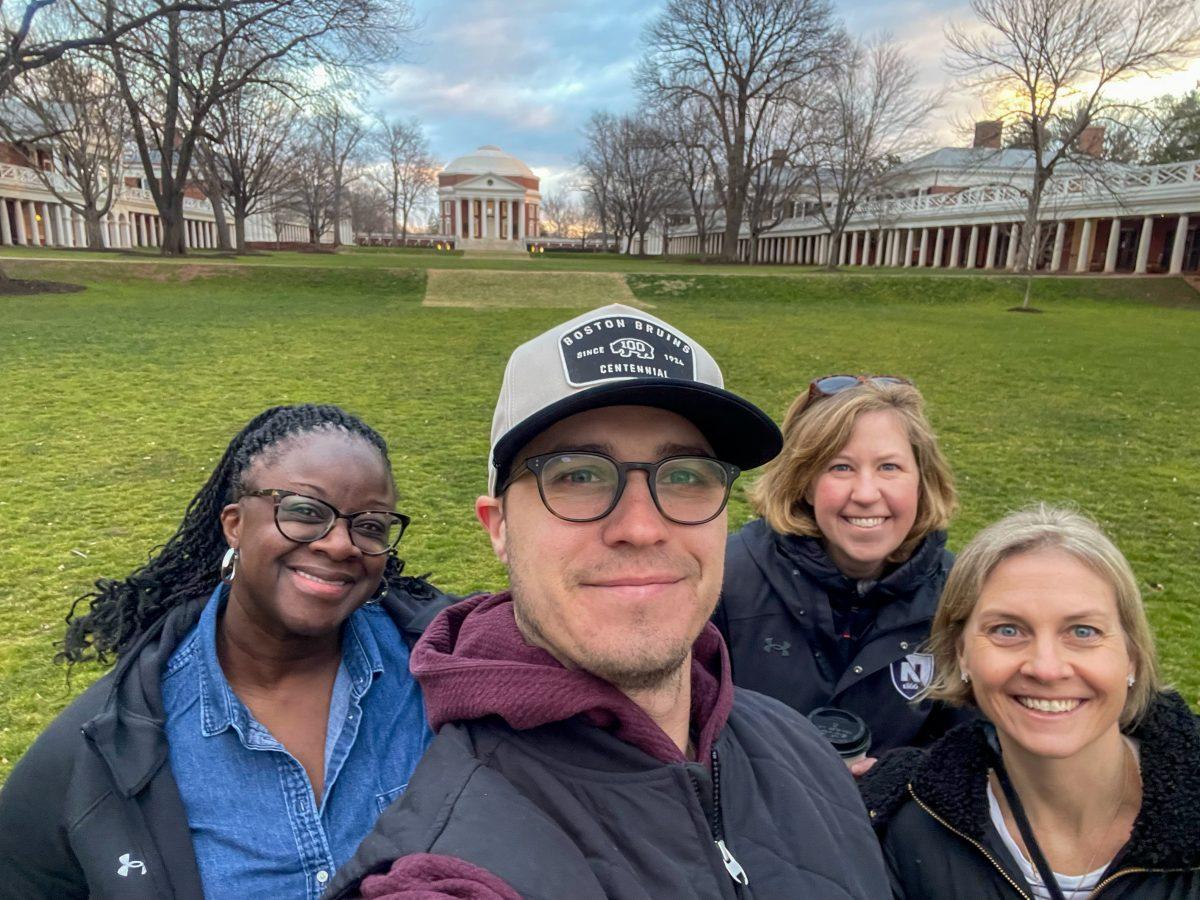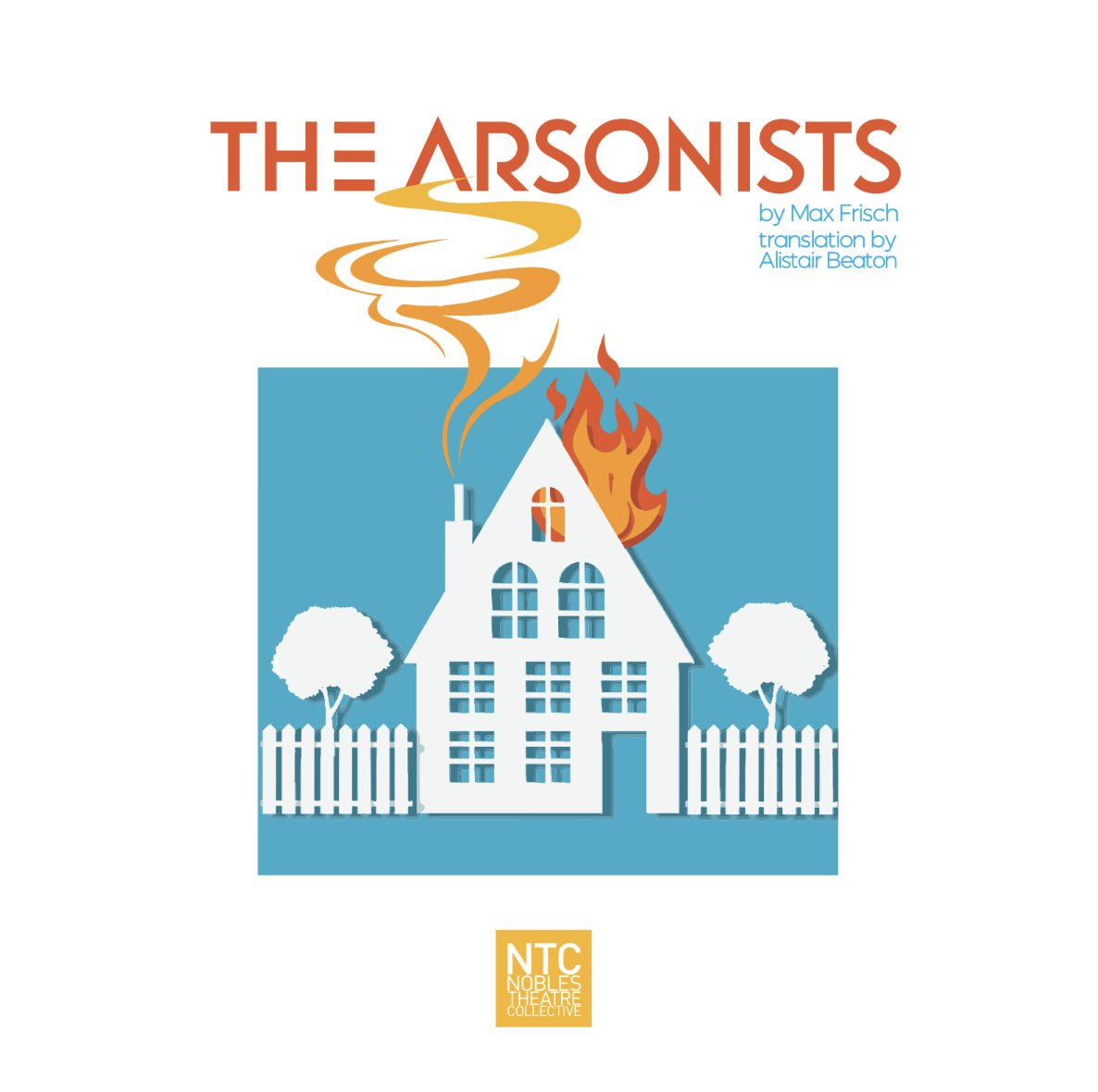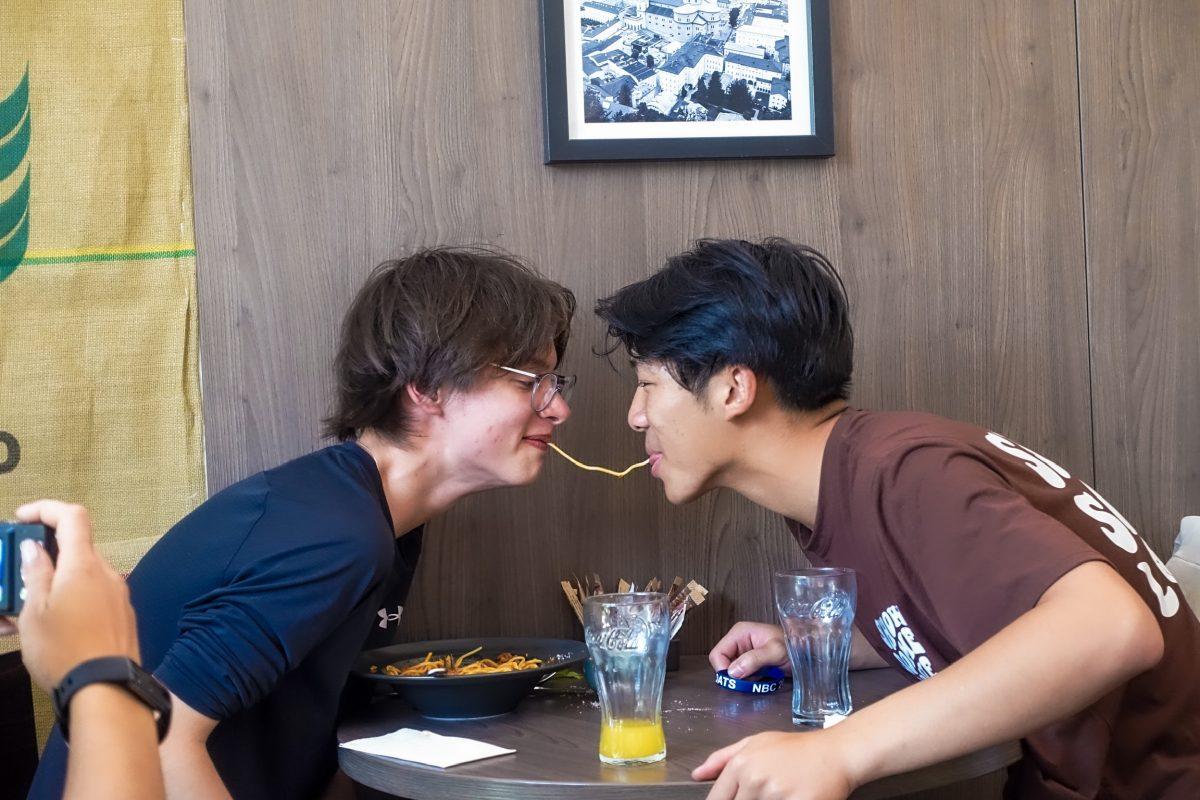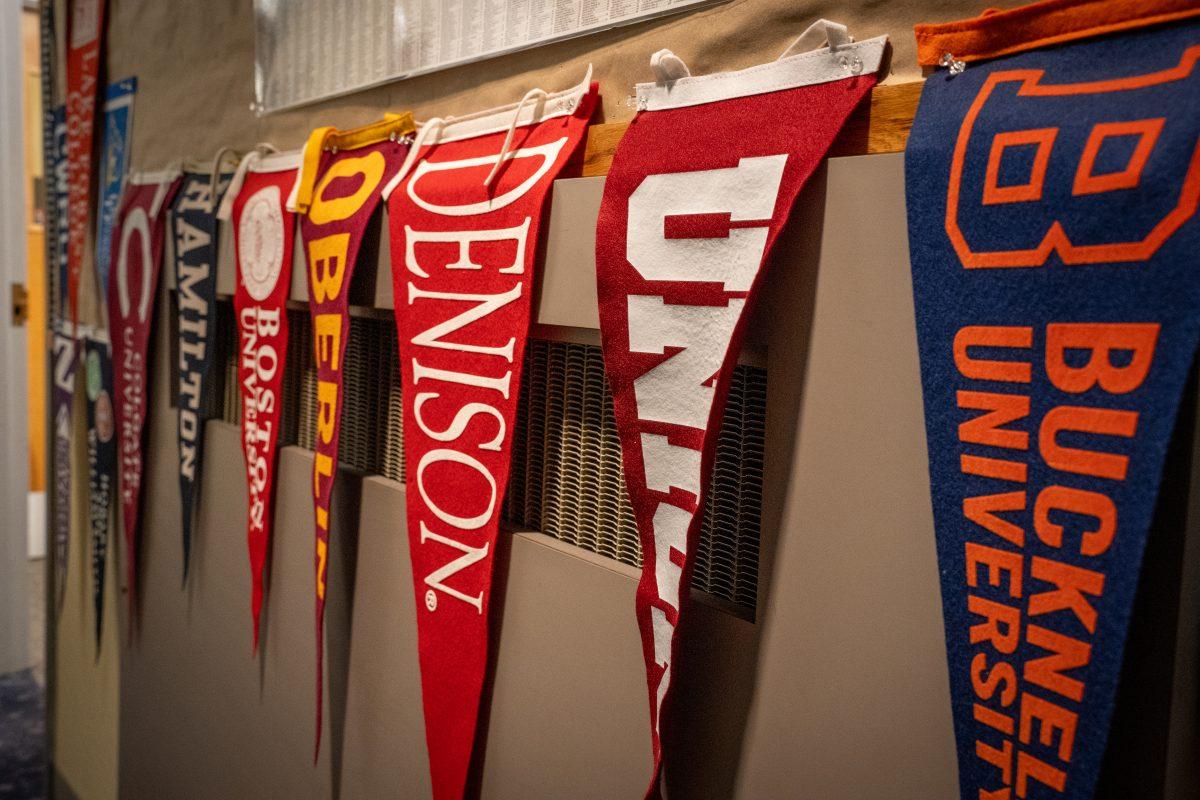Jonathan Tillen, Layout Staff
March 8, 2024
All communities inevitably establish some sort of a toxic environment. No matter the setting, toxicity is often an underlying theme in a community. In a school setting, it may result in students feeling worse about themselves regarding their social status, achievements, and sense of belonging. At Nobles, this problem may unfortunately originate with extreme competitiveness, cliques, and other social practices that may seem harmless. However, these behaviors may affect students in more negative ways than expected. So, what norms contribute to an unhealthy environment? And to what extent do these cultures affect students’ day-to-day lives? Most importantly, how can we improve our community norms and practices to mitigate this toxic environment?
Firstly, it’s essential to consider which school cultures contribute to a toxic environment. Jerry Qin (Class I) says, “Students openly comparing themselves to one another, and students talking down on each other [are leading toxicity-building practices].” Comparing test scores, grades, and athletic accomplishments is common among students in favor of “friendly” competition and self-improvement. However, this does raise the question of whether these competitions necessarily help other students or put them down. Serhan Marvi (Class III) said, “Academic competition motivates me. Many of my friends are incredibly smart and athletic. So, if I hear them discussing a high grade on a test, if I received a worse grade, I feel motivated to do better on the next test.” While Marvi reflects on the beneficial aspects of academic competition, it’s important to note that excessive competition can be detrimental to the student body. Qin says, “If there’s too much competition, it can foster exclusivity among students.” Evidently, there exists a fine line between friendly competition and a contest that results in students feeling inferior to their peers.
Moreover, the presence of cliques and social divisions further perpetuates toxicity within the school community. Cliques form naturally, as students gravitate towards others with similar interests and backgrounds, but they can also become exclusive and unwelcoming to outsiders. Aydin Alsan (Class II) says, “Some people have told me that they have felt excluded from activities, and I can understand why people will feel that way based on the groups around me.” Some groups may be reluctant to open their gates to newcomers, while others may be more welcoming. This exclusivity is often a result of former Middle School friend groups transitioning into the Upper School. Marvi said, “In terms of joining a group, it may be a little bit harder to join as someone new to the school. Some of these people have been together for multiple years.” Whether friend groups exist in the library, Castle, or alcoves, it’s important to note that some students may feel excluded. It is also common for students to exclude others to maintain a specific image or reputation; in doing so, many students are put down and eventually left out—putting others down will never benefit one’s own case.
While a certain degree of toxicity may remain at Nobles, there is hope in lessening its effects. Qin said, “Bring back gradewide special lunches, where students are randomly assigned to small groups at lunch tables to sit and interact with students one may not necessarily be in a friend group with.” Apart from special lunches, teachers could implement random seating charts and icebreakers spread out during the school year. Class II Dean Cameron Marchant (N ‘02) said, “I think the way you really get to know somebody is by doing something with someone and getting to know them through a shared goal or task. Implacing classwide activities similar to orientation over the course of the year connects people through a common goal.” Other suggestions, independent of the administration and further planning, suggest having one or two close friends who will have your back, no matter the friend group or situation. No matter the method used, some form of class bonding couldn’t possibly harm any party involved.
So, is Nobles toxic? These students highlight contributing factors, such as exclusion through social stratification and an excessive emphasis on academic and athletic achievement. While the nature of these cultures may seem harmless or even partially beneficial to small groups, the reality is that these insidious factors may lead students to feel left out and excluded on campus.
(Graphic Credit: Wudiana Février)

